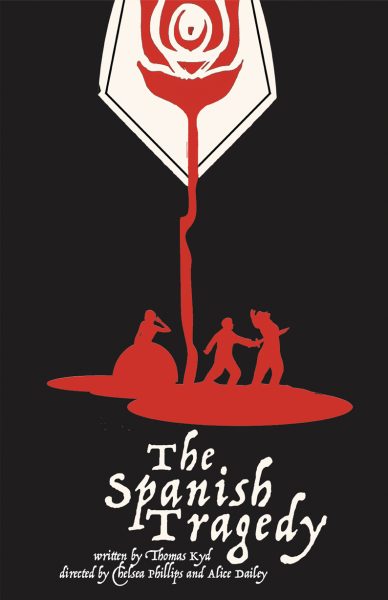Spotify brings accessible streaming, but at what cost?
November 6, 2014
Free, legal and accessible. This is the platform that has allowed Spotify to rank consistently as a top music-streaming service throughout the world. Launched in 2008 out of Stockholm, Spotify boasts a library of more than 20 million songs that can instantly be streamed on your laptop or personal device for free. To a generation in which paying for music has become a foreign concept, Spotify offers a fast, hassle-free alternative to music piracy. By giving users the option of listening for free with the occasional advertisements or purchasing an inexpensive subscription, the streaming service expertly attracts over 10 million paying subscribers and a total of 40 million users worldwide.
While Spotify and other free music-streaming services are criticized with “killing” the music sales industry, Spotify argues that it is, in fact, saving the music industry. The company pays about 70 percent of its revenues directly to record labels. Spotify uses an autonomous model to pay artists, with artists earning royalties based on how many times their songs are streamed.
Many artists, such as Ed Sheeran, support the Spotify model.
“I’m in the music industry to play live…that’s why I put things on Spotify,” Sheeran says. “The more iPods, phones and computers that I’m on, the better, because I just want to play.”
However, Spotify has run into a fair number of artists that do not express the same enthusiasm for the Spotify music-sharing model as Sheeran. Radiohead singer Thom Yorke says, “I feel like as musicians we need to fight the Spotify thing. I feel that in some ways what’s happening in the mainstream is the last gasp of the old industry.”
Taylor Swift has also acted out against Spotify recently. Her catalogue was taken off the streaming service on Monday, sending shockwaves through the music world and sparking the debate surrounding the fairness of Soptify’s rights agreements.
While the roughly $0.007 royalty per song that artists on Spotify receive may be a cut from what artists were receiving 10 years ago, it is a step in the right direction.
Not only does Spotify help artists by providing the ideal platform for music discovery, Spotify also cleverly uses its data to show artists, producers and record labels how their music is being listened to. For example, Spotify data can show an artist how many times his/her song was played over a certain time period, where in the world his/her songs are most listened to and which age and gender is listening. This data can assist artists in knowing where their largest fan bases are for planning tours or where artists need to boost promotion and advertising.
What makes Spotify such a success in the ever-growing digital music world? Prior to Spotify, Pandora Internet Radio was a trailblazer in online streaming services.
Despite Pandora’s initial monopoly on Internet radio, Spotify’s wide range of uses and features is hard to beat. While Pandora and many similar digital music services operate by having users choose a “seed” track, artist, album or genre to create a tailored station, Spotify offers this and much more.
Spotify users can build their own music library by searching the extensive song collection, browsing thousands of premade playlists and listening to Top 100 lists for a variety of genres.
By linking a Facebook account to Spotify, listeners can conveniently share what they are listening to by making playlists public or linking individual tracks, playlists, profiles, artists and albums to friends.
Perhaps one of Spotify’s most unique features is its wide range of playlists that are curated to be the perfect backdrop for whichever scene you are experiencing or mood you are feeling.
For example, if you are craving the ideal beat to get your creative juices flowing while writing a paper, check out Spotify’s “Focus” playlists. Under this category, you can browse more than 30 playlists put together specifically to motivate you through a late-night study power-hour or getting the last paragraphs of that five-page paper down. Next time you find yourself pulling an all-nighter at your desk, check out the “Intense Studying” or “Brain Food” playlists. Going out with your girls? Dance away the night to the “Girls’ Night” playlist.
Chilling in your room after a long day of classes? Unwind to the calming tunes of the “Tranquility With a Beat” playlist.
No matter what mood you’re in, Spotify has a playlist to fit your particular situation seamlessly.
Music plays an integral part in our lives, whether we notice or not. Music is everywhere.
It can influence how we feel, how we act and even who we are.
It is a universal language for people of all backgrounds to connect to on a unifying level. Spotify taps in to the intimate element of music to give users a personal experience unmatched by other streaming services.
The question remains, however, is our personal listening experience creating an unfair environment for artists?











